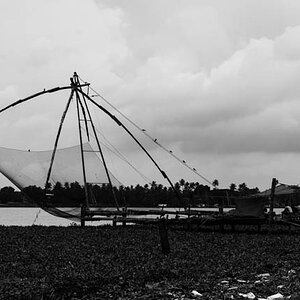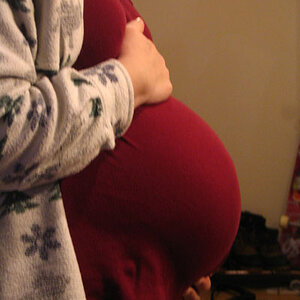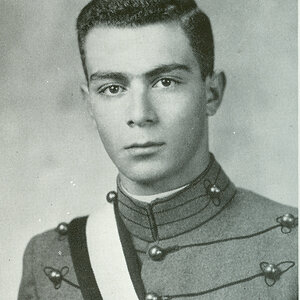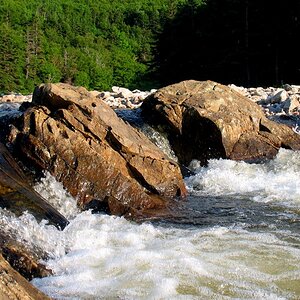bchbum
TPF Noob!
- Joined
- Apr 7, 2013
- Messages
- 4
- Reaction score
- 0
- Location
- Honolulu
- Can others edit my Photos
- Photos OK to edit
As a newb finally making the jump from a point-and-shoot, I often find the myriad choices of settings confusing. I have read many discussions about individual settings, and reviewed a number of "cheat sheets" to help with the settings, but have seen nothing as yet that takes you through the decision process start to finish. What (assuming you have a subject in mind) choice should be first? What should be the last?
I try to always carry a good manual to study the details when possible, and I realize there are infinite variables, but it seems that a well thought out logic tree would be invaluable. I do not want to rely on the auto and program modes, but want to learn the proper use of the capabilities offered.
Thanks for any suggestions.
I try to always carry a good manual to study the details when possible, and I realize there are infinite variables, but it seems that a well thought out logic tree would be invaluable. I do not want to rely on the auto and program modes, but want to learn the proper use of the capabilities offered.
Thanks for any suggestions.









![[No title]](/data/xfmg/thumbnail/34/34052-c6933243940b9ae3474b0a2abaa08312.jpg?1619736253)





![[No title]](/data/xfmg/thumbnail/37/37656-96c70ee246b815f10e703ff6cd8acdc0.jpg?1619738172)

